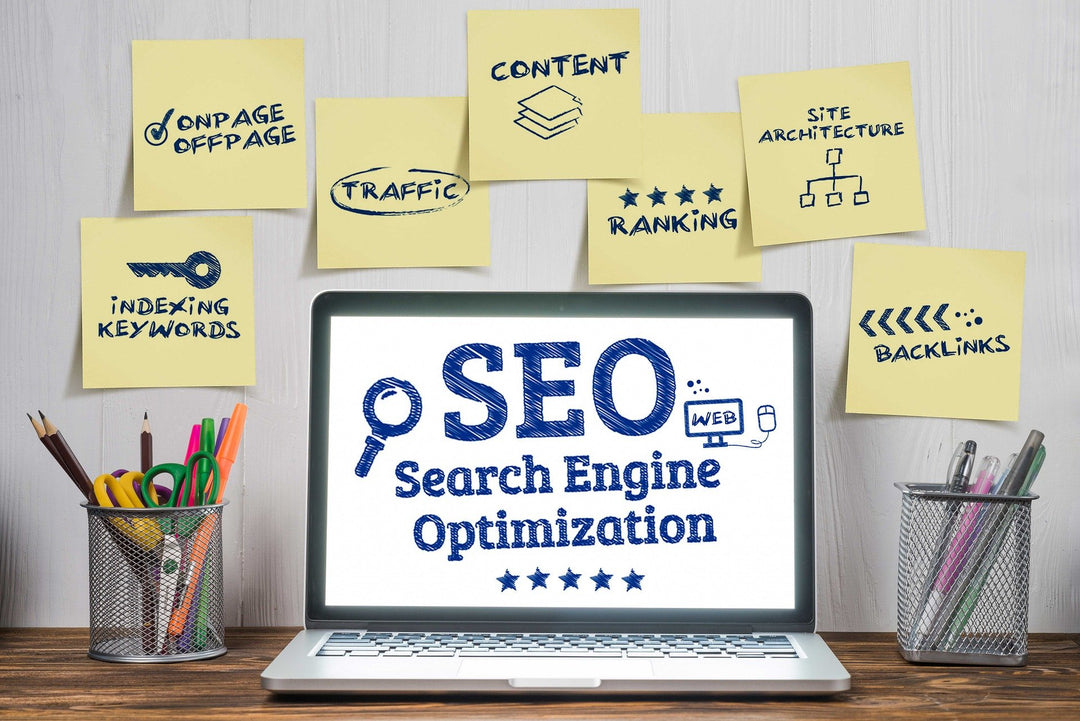Google's Performance Max Campaigns: Create Automated Goal-Based Campaign
Recently, Google rolled out a new campaign type to advertisers eligible for enhanced campaigns — performance max campaigns. Performance max campaigns are designed to better support Google's "Brand Performance" advertisers with more features, including the potential for increased budget recommendations for ads at the top of their search network.
Google's Performance Max ads are the single biggest change to the AdWords interface since campaign creation in 2005. For almost a decade, advertisers have been generating keyword lists and building campaigns around them. Google's Performance Max changes that by introducing segmentation into the UI and eliminating keywords from the campaign setup phase.
Read More: ALL ABOUT PAID ADVERTISING: TOP CHANNELS, BENEFITS & IMPLEMENTATION TIPS
But what do performance max campaigns do? How are they different from regular AdWords campaigns? And how have early adopters fared so far? Let's take a look.

What is Google's Performance Max Campaign?
Google's Performance Max campaigns are a new type of campaign that the search engine giant has been testing since last year. The technology behind these campaigns is based on Google's machine learning algorithms, which are designed to run in the background and continuously optimize Performance. This means that, unlike traditional AdWords campaigns, you don't need to log into your account and manually adjust bids or settings.
Performance Max campaigns are available to advertisers in all industries, but they were initially intended for retailers and restaurants. They also allow advertisers to focus on the highest-converting keywords in their accounts while simultaneously reducing the cost per click (CPC) and cost per conversion (CPA).
As with any experiment, Google has been testing different versions of these campaigns in limited countries and markets over time before rolling them out globally. Moreover, Performance Max campaigns are available in three formats:
New keywords: These are keywords that have never been included in an ad group before. They can be either single keywords or phrase matches. If you choose to include existing keywords, they must be part of an existing ad group.
Existing keywords: These are existing keywords that are already part of an existing ad group. They can be either single keywords or phrase matches.
Existing landing pages: If you have a website with several different pages that lead to the same content, you may be able to use these as landing pages for your ads (provided they meet the criteria).
Recommended Reading: GOOGLE AD STRATEGY FOR ECOMMERCE: TOP TRENDS YOU MUST USE IN 2022
How do Performance Max campaigns differ from standard campaigns?

Currently, all AdWords accounts use standard campaigns, which don't let you set a maximum daily budget for individual keywords or ad groups within that campaign. With standard campaigns, you only have two options: either have no limits on bids or set a single global max CPC bid across all keywords in your account (which may lead to wasted budget).
On the other hand, Performance Max campaigns are built on the same technology as other Google AdWords campaigns, but they use an algorithm that determines which keywords and placements to show your ads on based on their predicted likelihood to convert. This allows you to reach a more relevant audience at a lower cost per conversion. The goal of these campaigns is to maximize conversions while minimizing cost.
Some of the other crucial differences include:
- You choose one or more conversion events and bid on them individually (for example, "add to cart" or "make my first purchase"). These events are based on your own website data, not what Google knows about the user. This means you can use your own data to inform bids and optimize for your business goals. Standard budgets are not available.
- There is no minimum spend requirement or contractual commitment; you pay only when someone completes a conversion event on your website. You pay for your ad impressions only if they result in a conversion event that you've chosen in your campaign settings (or if they generate clicks).
How Do You Set Up a Performance Max Campaign?
In order to set up a Performance Max campaign, you need to make sure that your account has been enabled for this feature. This can be done by contacting your account manager or by submitting an application form online. Once approved, sign in to AdWords and navigate to Campaign Settings >Bid Strategy >Performance Maximizer. Here's where you'll see two new options: "Optimize for clicks" or "Optimize for conversions." Choose one of these options.
Google's Performance Max campaigns are a great way to get some extra juice from your PPC account.
Here are 9 ways you can optimize your Performance Max campaigns:
1. Set up Google Analytics Universal Event Tracking (UET)
The Performance Max campaign is a powerful tool for advertisers who are looking to create a more targeted, performance-based campaign. If you're new to the world of Google Analytics, UET can help you gain insight into how your ads are performing. It's easy to set up and gives you access to key data points like conversion rate, cost per acquisition, and return on ad spend (ROAS).
2. Use negative keywords
This means you can exclude low-performing keywords from your campaigns, which will allow you to focus on higher-quality traffic for a better ROI. You can use negative keywords in any campaign type, but they're particularly useful in performance-based campaigns because they help ensure that high-quality traffic is reaching your site and converting.

3. Add at least 15% estimated CTRs
The estimated CTR is a key metric that Google uses to determine how much traffic each keyword is getting. The higher the estimated CTR, the more likely it is that Google will send more traffic to that keyword.
If you want your keywords to rank higher on page one of Google search results, then make sure that your estimated CTR is at least 15%. This means that Google believes that 15% of users who click on your ad will convert into customers.
Relevant Reading: THE PROS AND CONS OF DIFFERENT GOOGLE AD CAMPAIGNS
4. Limit bid type to manual CPC
You should use manual CPC as your default bid type within performance max campaigns. This ensures that you control all aspects of your bid strategy while also allowing Google to make automated adjustments when required.
5. Add a default CPA goal if it's not already set in place
Add a default CPA goal if it's not already set in place – If you don't have a CPA goal set for your campaign, Google will automatically use the "best guess" for what makes sense for you. However, this could be costing you money if they choose a higher bid than necessary to win each auction.
6. Mobile bid adjustment
This feature allows you to set different bid adjustments for mobile devices based on their traffic quality. For example, if you see that mobile accounts for only 10% of your total traffic but 50% of your conversions, then you can set higher bids for mobile users so that they are more likely to convert to your website. So keep an eye on mobile bid adjustments and device bid adjustments as you may need to make changes there depending on how your business is performing on mobile or desktop devices.
7. Test Different Bid Strategies
Create additional campaigns for other devices or platforms such as Apple iOS, Apple Mac OSX, and Amazon Kindle Fire devices if needed (if you aren't already doing so) because these often have different conversion rates and other metrics which can impact whether a keyword is profitable or not for those devices or platforms alone. So it helps to separate them from all other campaigns so that you can monitor them separately and make changes.
Take Full Advantage of Google Performance Max Campaigns
Advertising is a notoriously tough nut to crack. It's not just about choosing the right platform, but doing it according to best practices, running an effective campaign, and tracking it for results. Though this type of campaign can allow you to cut through the noise and stand out a bit more effectively, it's important to know that they don't function quite the same way as traditional Google AdWords campaigns. In other words, you can't just turn these campaigns on and let them run themselves—you need to stay hands-on and frequently test to make sure that you're getting the results you want.
To know more about marketing services & ad strategies, get in touch with eComIntegrate
[nerdy-form:11564]





Leave a comment